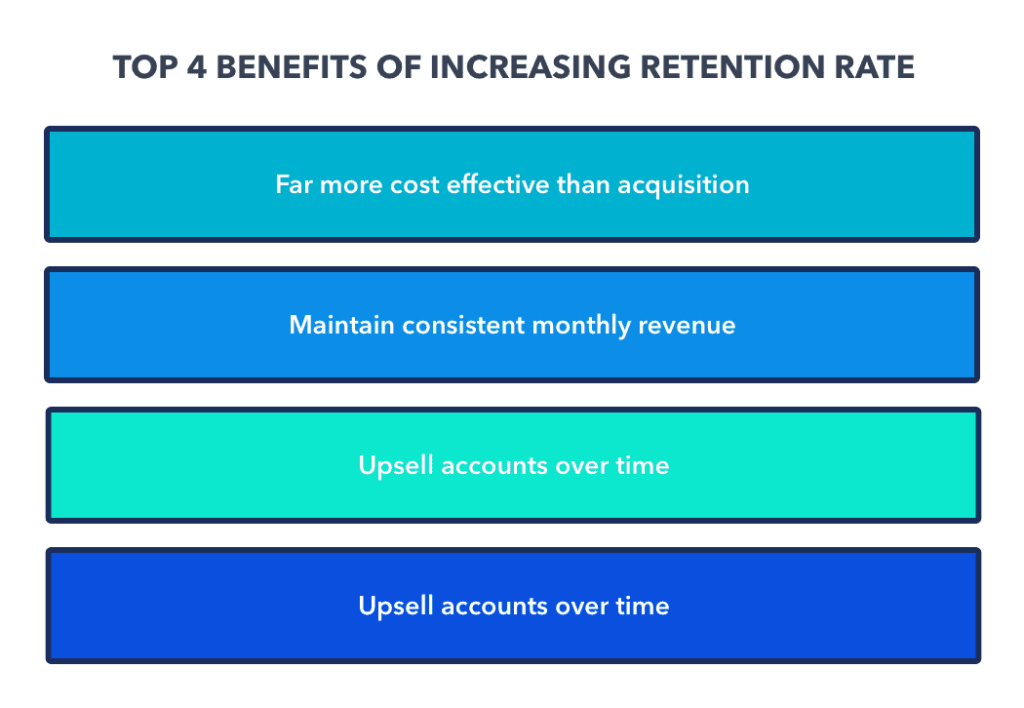Most of us have heard the phrase “all good things must come to an end,” but that’s what you should avoid when it comes to your retention rate. Subscription businesses, including SaaS companies, enjoy a steady cash flow each month from customers.
That is, if they can keep users around.
What are retention rates? Your retention rate is the percentage of customers who remain with your company during a period. While acquisition focuses on bringing in new customers, retention efforts keep existing customers right where they are.
Why you should be paying attention to your retention rate
There are a lot of metrics you’ll pay attention to when you’re running a SaaS company or email program, but retention is one of the most critical. Yet, it isn’t always the most talked about. Why’s that?
For starters, growth and acquisition seem much flashier and more exciting. Being able to tout how many new customers you attracted this month or share your triple-digit growth percentages can attract a lot of positive attention. However, acquisition can only get you so far.
The trouble with acquisition is that it’s expensive and time-consuming.
Even if you work on lowering your cost-of-acquisition (CAC), there will always be a process to build the customer relationship to the point where they’re ready to buy.
While I’m not suggesting you ignore acquisition, you should also be focusing on raising your retention rates. Generally, retaining a current customer is more cost-effective than acquiring a new one. In fact, it can cost up to five times as much to attract a new customer than to keep an existing one.
Just think about the effort and attention that goes into creating a new friendship or relationship versus the comfortable rhythm that comes with familiarity.
In addition to retained customers helping you maintain a consistent monthly income, current customers also present more significant growth opportunities. Satisfied customers are more open to upsells or growing their accounts over time. Plus, your most engaged customers are perfect candidates for referring your business to their peers.
All in all, focusing on your retention rates creates a more sustainable business that builds a reliable and profitable relationship with customers.
How to calculate your company’s retention rate
Understanding retention rates in the abstract is easy enough, but sometimes it can be tough to apply the concept to your data.
If you have a SaaS company, you need to decide what time frame you want to consider, such as monthly or annually. Tracking annual retention rates are useful for analyzing long-term growth, while you may choose to look at monthly rates to track progress as you test new strategies.
Have you tried Vero?
Tools to help you design, automate and coordinate the messages you send your customers, whether you have 1 or 10 million.
Find out more

Just be sure that the numbers you use in the equation are from the same timeframe.
For example, you wouldn’t want to compare how many users will be keeping their account for another month to the number of users you have all year. Maintaining the same timeframe for all your data points ensures your results aren’t skewed.
Here’s the information you’ll need to pull from your analytics or business tracking software:
- The total number of customers in the timeframe (e.g. your existing accounts and new signups in the month of January)
- How many customers will remain with your company for the next time frame (e.g. Number of accounts who were billed for February on January 31st)
If you aren’t sure how to find the number of customers who will stick around, it’s useful to know that your retention rate is the opposite of churn. Looking at how many customers canceled their account during the month inversely tells you the number that remained.
Once you have your numbers ready, the formula to find your retention rate percentage is:
(Number of customers who will continue their subscription /Total number of customers) x 100)
How do ecommerce or non-recurring billing companies track retention rates? Finding the numbers to use in your equation may be a little trickier, but not impossible. Measuring retention for a non-subscription ecommerce business focuses on uncovering what percentage of customers buy multiple times over the duration of at least a year.
The formula for this retention rate equation is:
(Recent repeat shoppers / All past shoppers) x 100)
For this equation, you need to know:
- How many customers shopped with you between a year and two years
- How many customers from the above timeframe bought again in the last six months
Churn happens…but how often?
One of the most common questions that people have after learning about a new metric is what a “good” or “bad” number is. “What is a high retention rate?” they ask. While there isn’t a single number that we can all benchmark ourselves against, there are ways to learn about what’s normal in your company and industry.
It’s worth pointing out how important it is to track yourself against yourself.
While there are ways to see how other companies are performing, and we’ll explore them in a moment, your top competition is your past self. Tracking your retention rate month-over-month and year-over-year is the best way to understand what your efforts are yielding.
Also keep in mind that even the highest performing companies experience some churn. In the short term, customers may churn because they failed to have an “aha moment” and recognize your company’s value. Users may also churn after a while if there are continuous issues with the product or customer service.
For ecommerce and DTC brands, the average retention rate is 28%. Some ecommerce brands that opt for a subscription model see even higher percentages, though. For example, Dollar Shave Club retained half of all customers at the 12-month mark.
This means that if 100 people signed up on the same day, 50 of them were still subscribed a year later. BarkBox has an even more impressive track record of having 95% of users stick around month after month.
The average SaaS annual retention rate is 90-95%. At the time of their IPO, Hubspot was maintaining 82.9% of users each month, and Atlassian states that they retain an impressive 98% of users.
What you can learn from these retention email and mobile messages
What separates the average-performing companies from the organizations that are retaining a vast majority of their customers? Each company has their own spin on retention, but all great retention strategies have a few shared elements:
- A clear company vision with a deep understanding of their customer
- A focus on creating the best experience at scale
- The tools and strategy to monitor engagement and reach out to customers
Let’s explore what each one of these elements looks like in action.
Having a brand purpose and outlook that resonates with your ideal customers can go a long way in strengthening retention. Connecting with customers on psychographic elements such as values and interests can help you move beyond competing on price alone.
An example of a company that’s reaping the retention rewards is Everlane.
The clothing company goes all-in on their commitment to sustainable fashion and transparent pricing. For Everlane, retention starts in their product choices and pricing strategy. The company has a goal to eliminate single-use plastics from its supply chain by 2021, and they’ve made a “ReNew” line of items from recycled plastic bottles.
By taking a hard stance on what they believe in, they’re setting themselves apart in the eyes of eco-conscious shoppers (who could become diehard fans).
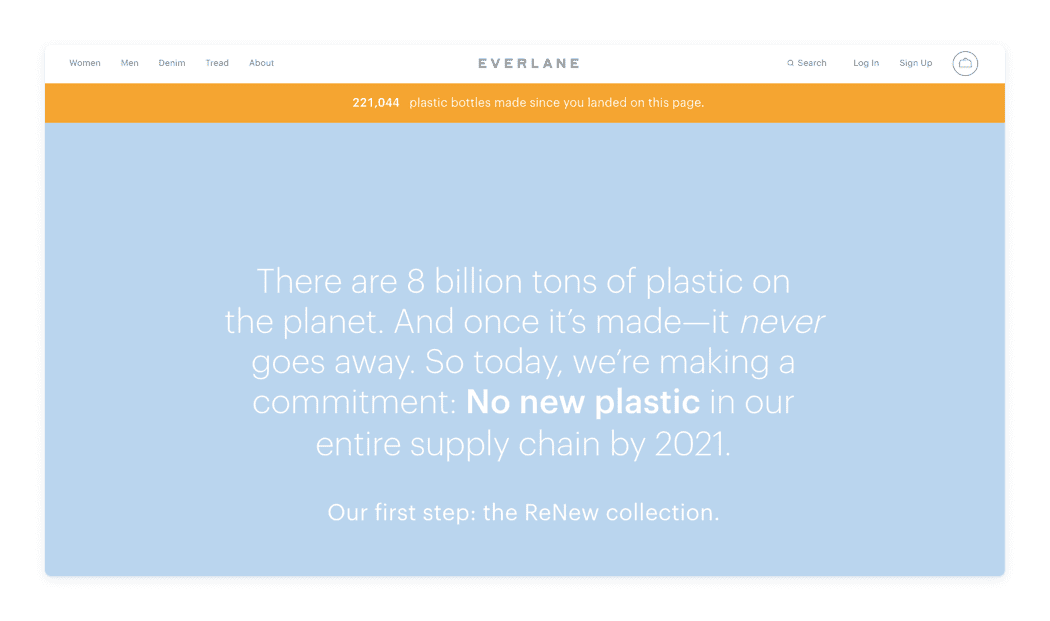
As for their transparent pricing system, Everlane is upfront about where they make items, how much they cost to make, and what they stand to profit from each item purchased. Being “radically transparent” builds trust with customers by making them a part of the journey, and letting them know the company isn’t trying to price-gouge unnecessarily.
Everlane’s unique pricing approach continues into their sales, since customers choose what they pay for discounted items. Customers choose between three different prices for items, and Everlane tells users exactly what costs each price point covers.
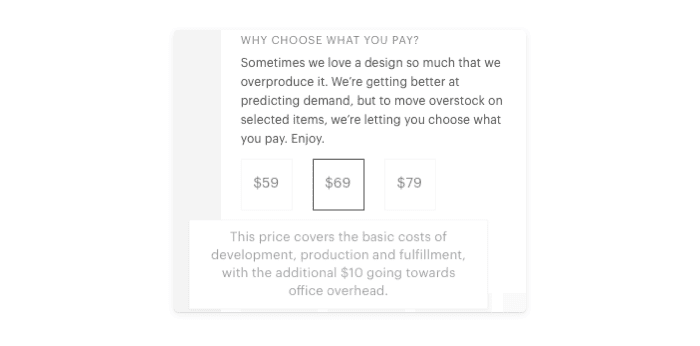
For SaaS or subscription-based ecommerce companies, retention depends on excellent customer experiences at scale. Atlassian’s strategy is to create a self-serve model that’s supported by automation and AI. The company equips new users with vital information, and then uses automations to help users along.
By doing so, Atlassian has been able to drive massive growth while maintaining retention rates. During signup for Jira, the company asks a customer about their role and goals, which makes personalized messaging and help easier to implement. Asking users about their goals and challenges, whether during signup or later, gives you more context about a user’s situation.
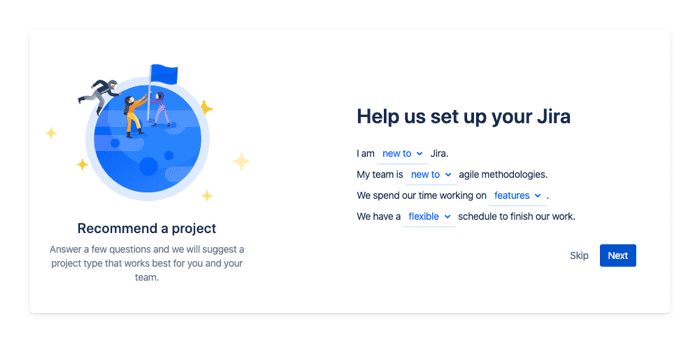
In-app messaging such as guided onboarding and tooltips point out critical information and are available on the user’s schedule. SaaS companies should also use in-app messaging to target users that are becoming disengaged in the product.
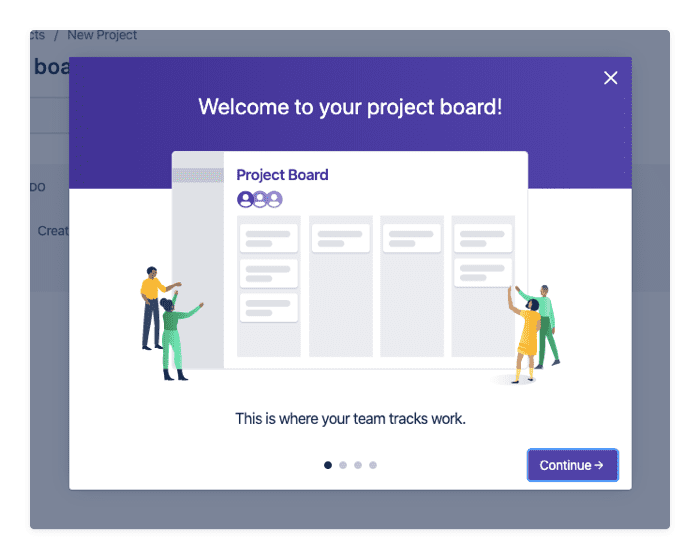
There are ways for companies to increase retention outside of their app, too. If you’re an ecommerce or SaaS company who wants to keep users engaged, email and mobile push notifications should be cornerstones of your strategy. Retention emails are most powerful when they’re triggered based on a customer’s segment or activity. Take for example, the email from Grammarly below.
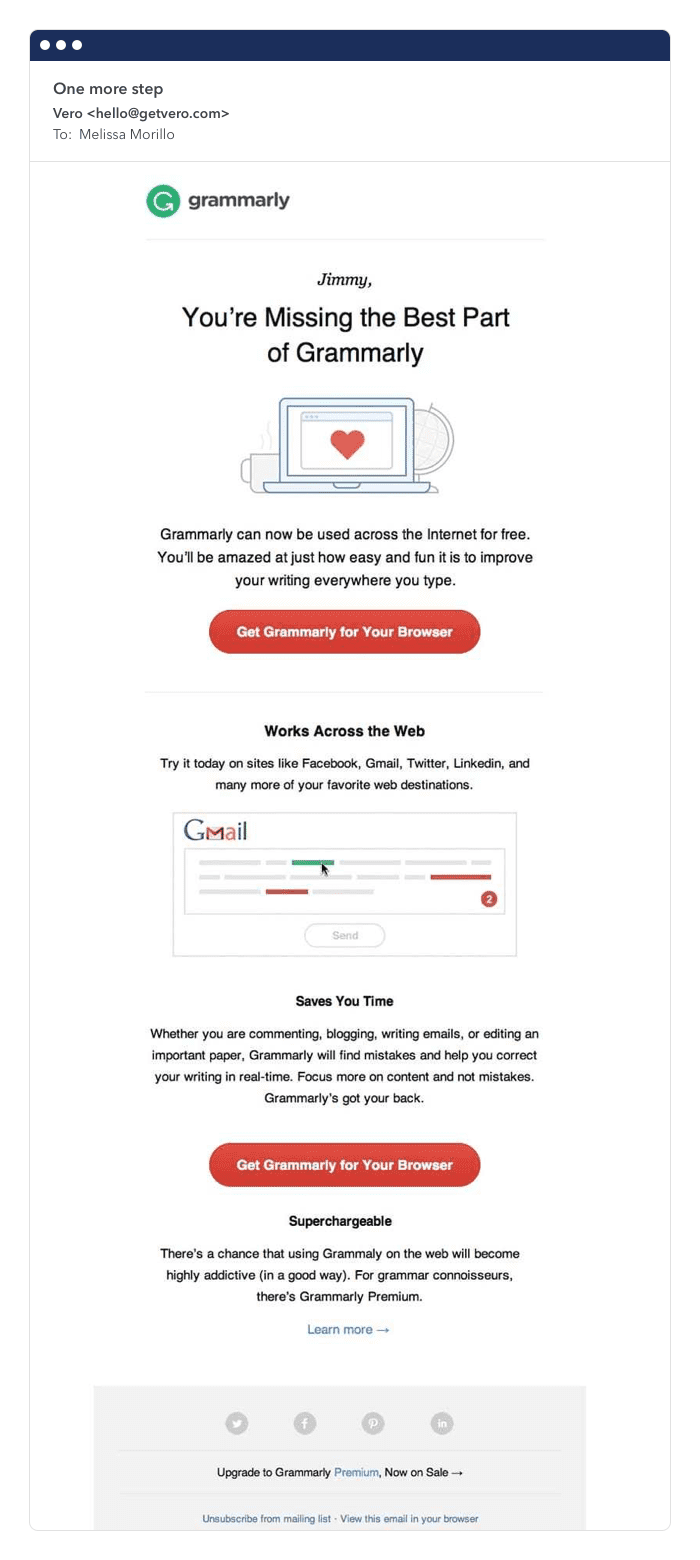
The editing service noticed that a user hadn’t installed the browser add-on, so Grammarly sent an automated email as a reminder. The email talks about the advantages of using Grammarly in your browser, and has a clear CTA to add the extension.
[Read More: 15 Customer Retention Emails to Reduce Churn]
Your retention strategy isn’t just for disengaged users, though. While retention emails and segmented push notifications are great for giving a personalized boost to struggling users, engagement is critical for churn prevention.
Sending recurring push notifications, like the one from Headspace below, keep your brand top of mind.
Wrapping up—retention best practices
A high retention rate for your SaaS or ecommerce company isn’t a destination—it’s a journey. While tactics such as emails and in-app onboarding help boost engagement, retention starts with your company values, customer knowledge, and strategy. Here are some retention rate best practices to keep in mind:
- Compare your past retention rates to your current levels to track progress
- Spend time learning about your audience and segmenting your customers to align your strategy and messaging
- Use triggered retention emails, mobile push notifications, and in-app messaging to support users
- Focus on feature benefits and how they align with customer goals in your retention emails
